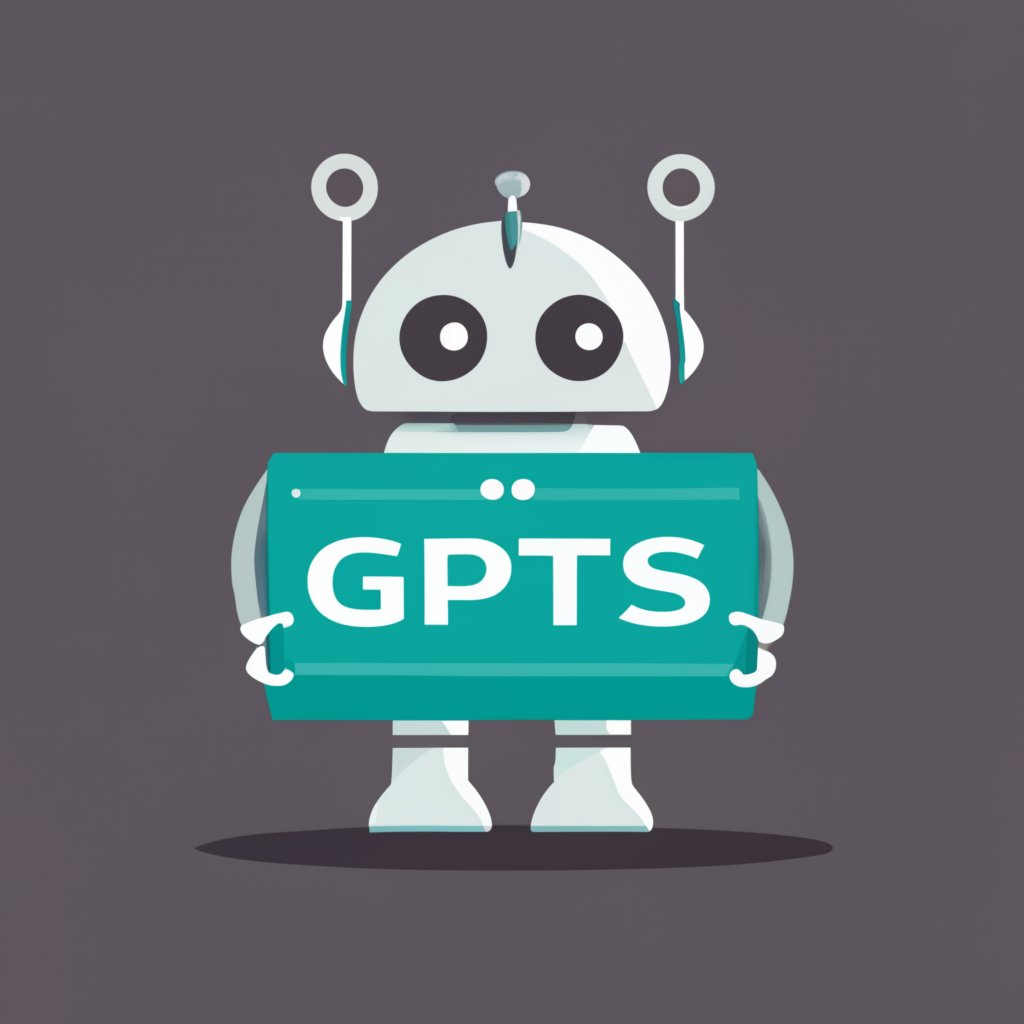
Flow chart - Flow Chart Creation Tool

Welcome! Let's simplify your flow chart needs.
Simplify complex processes with AI-powered diagrams
How can I create a flow chart that shows the steps in a customer service process?
What are some best practices for designing a clear and effective flow chart?
Can you help me interpret the flow chart for our project management workflow?
What are the common symbols used in flow charts and their meanings?
Get Embed Code
Understanding Flow Chart GPT
Flow Chart GPT is designed to assist users in creating and understanding flow charts effectively. It focuses on guiding through the design process, suggesting appropriate layouts, and providing interpretations of existing flow charts. The tool is geared towards simplifying complex processes by visualizing decision-making steps, procedural sequences, or data flow through diagrams. For example, in a scenario where a project manager needs to outline the steps for a new project, Flow Chart GPT can help design a flow chart that clearly represents each stage of the project, from initiation to completion, helping to communicate the process clearly to the team. Powered by ChatGPT-4o。

Core Functions of Flow Chart GPT
Design Guidance
Example
A user can input a series of actions or decisions, and Flow Chart GPT will suggest the most effective flow chart layout to represent these processes.
Scenario
Consider a software development team plotting out a bug-fixing process. The GPT could suggest a flow chart that starts with 'Identify Bug', followed by decision nodes like 'Can the bug be replicated?' leading to different branches based on 'Yes' or 'No' answers.
Layout Suggestions
Example
Flow Chart GPT can recommend specific styles or structures of flow charts, such as vertical or horizontal layouts, depending on the complexity and length of the process.
Scenario
In a manufacturing setting, if the process involves many sequential steps with few decision points, a vertical layout might be recommended for clarity and ease of following each step.
Interpretation Assistance
Example
The GPT helps in interpreting existing flow charts by explaining what each symbol, line, or node means within the context of the user's specific process.
Scenario
A business analyst reviewing an existing flow chart for a sales process might use Flow Chart GPT to understand and explain each decision point and action step, ensuring clarity and potential areas for process optimization.
Target Users of Flow Chart GPT
Project Managers
Project managers often deal with complex projects that require clear planning and communication. Flow Chart GPT helps them visualize project stages, responsibilities, and dependencies, making it easier to manage timelines and team coordination.
Educators and Students
In educational settings, flow charts are used to teach and understand processes or algorithms. Flow Chart GPT can assist in creating educational materials that clearly demonstrate step-by-step procedures or decision-making processes.
Business Analysts
Business analysts use flow charts to map out business processes or changes. Flow Chart GPT aids in creating detailed flow charts that can be used in presentations or as part of business process reengineering.

Using Flow Chart: A Step-by-Step Guide
1
Visit yeschat.ai to start using Flow Chart without needing to log in or subscribe to ChatGPT Plus.
2
Choose your flow chart type based on your specific need, such as process documentation, decision making, or troubleshooting.
3
Utilize the drag-and-drop interface to add symbols and connect them according to the logical flow of the process or decision path.
4
Customize your flow chart by adding colors, labels, and comments to clarify roles, responsibilities, and decision points.
5
Review and share your flow chart within your team or stakeholders for feedback to ensure clarity and accuracy.
Try other advanced and practical GPTs
Mermaid flow chart maker
Turn text into flowcharts instantly

Book recommender
Unlock Your Next Favorite Read with AI

Developer Wiki(階層知識)
Unleash AI Knowledge Power!

Technical Proposal Writing
Empowering Proposals with AI

英文文法修正
Enhance your writing with AI precision.

Sigmond Wired
Unlock AI-powered communication for seamless assistance.

Flow Enhancer
Refine with AI precision.

CodeZiom
CodeZiom: Your AI programming assistant.

Writing
AI-powered Writing Assistance

Prompt Engineer
Crafting Precision in AI Conversations

Web Scraper
Unlock website data with AI-powered scraping.

JAVA
Unlocking Java's potential with AI insights.

Frequently Asked Questions About Flow Chart
What is a flow chart?
A flow chart is a diagram that depicts a process, system, or computer algorithm. They are widely used in multiple fields to document, study, plan, improve, and communicate often complex processes in clear, easy-to-understand diagrams.
How can Flow Chart help in education?
Flow Chart can be used in educational settings to help students visualize complex processes in subjects like engineering, computer science, and business studies, making abstract concepts more tangible and easier to understand.
Can I use Flow Chart for team collaboration?
Absolutely! Flow Chart supports team collaboration by allowing multiple users to view and edit diagrams in real-time, providing a platform for synchronous brainstorming and problem-solving.
Are there templates available in Flow Chart?
Yes, Flow Chart offers various templates that users can utilize to quickly start creating flow charts for common processes, which can then be customized as per specific requirements.
What file formats can I export from Flow Chart?
Flow Chart allows you to export your diagrams in multiple formats, including PDF, PNG, SVG, and more, making it easy to share and present your workflows outside the tool.